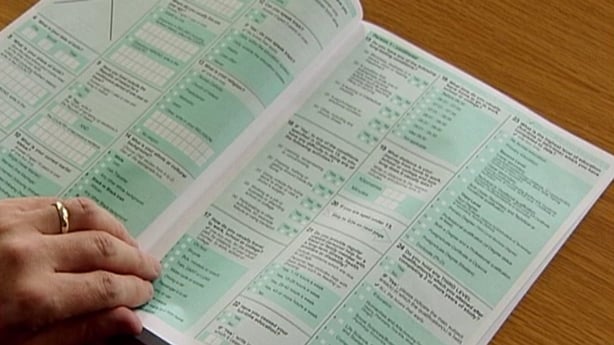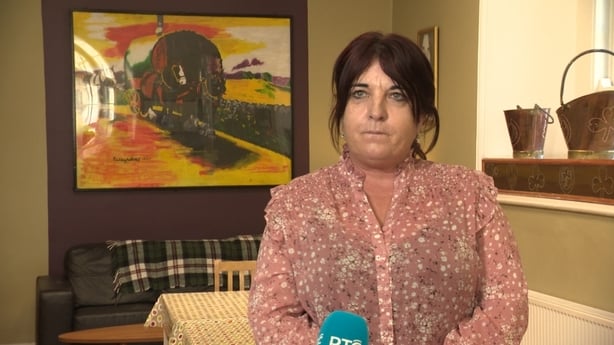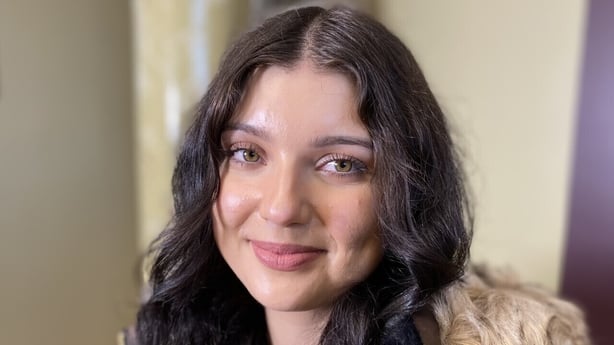Ireland's next census will be the first to identify the Roma community as an ethnic group.
Traveller and Roma organisations have called for the introduction of an ethnicity question for many years.
The first question on Traveller ethnicity appeared in Census 2006.
Roma representatives in Ireland have welcomed the inclusion of their ethnicity.
Pavee Point Community worker Gabi Muntean, who is on the Roma team, said it is important recognition for the community.
"We are not Irish, but we are Irish and Roma... it's very important to acknowledge that, it's our right to have that".

Traveller and Roma teams and community workers will work with communities over the coming weeks to highlight the importance of self-identification in the Census.
Vanessa Paszkowska said there is fear among some in her community over this question, due to historic and present-day persecution.
She cites the example of her great grandparents who were forced to wear armbands during the war with the letter Z - Zigeuner - which is the German word for Gypsy.
In former Czechoslovakia, she said, it was legal to sterilise Roma women against their will to keep the Romani population under control.
"Segregation of Romani kids in schools is still present and accessing employment for us is hard when you identify your ethnicity. So, we hide our ethnicity to have equal access to rights, opportunities, and just overall treatment in the 'normal' society".
Ms Muntean stressed the importance of Roma people being assured that their data will not be used against them.
"People don't have to think, if I give my address and details what are they going to do with those. Will they create harm for me or my family? People do not have to worry about that because everything will be confidential and no one will be allowed to look into that", she said.
The Roma team have the benefit of guidance from people like Mary Brigid Collins, who is the Assistant Co-Ordinator of the Primary Healthcare Project at Pavee Point Traveller and Roma Centre.

Since 2006, Ms Collins' team and others around the country have worked closely with the CSO to familiarise Travellers with the Census and highlight the importance of the question regarding their cultural background.
"The Census is for the future, they look at accommodation, they look at education, this is all very important for Travellers out there", she says.
The work on the ground with the CSO is reflected in the rising number of Travellers completing the census form.
In 2006 the number stood at 22,000. In 2016, that figure rose to 31,000. The aim is to increase it further in 2022.
Pavee Point has 25 Primary Health care projects and links to Traveller groups and organisations across the country.
Ms Collins says information will be provided via DVD, leafleting and discussion.
"We know there are a lot more Travellers out there and we know there are about 5,000 Roma in Ireland, but there's probably much more than that so, we need numbers, and we need to get Travellers and Roma to self-identify within the census as well".

Ms Paszkowska said ethnicity in Census 2022 is a big leap because the Roma community faces many struggles.
"You feel like as if you're shouting, you're in a bubble, but nobody hears you, and it feels like the society is just ignoring you, so being visible and having your ethnicity just there by itself, it feels like a push forward, it gives you a light in the tunnel," she said.







